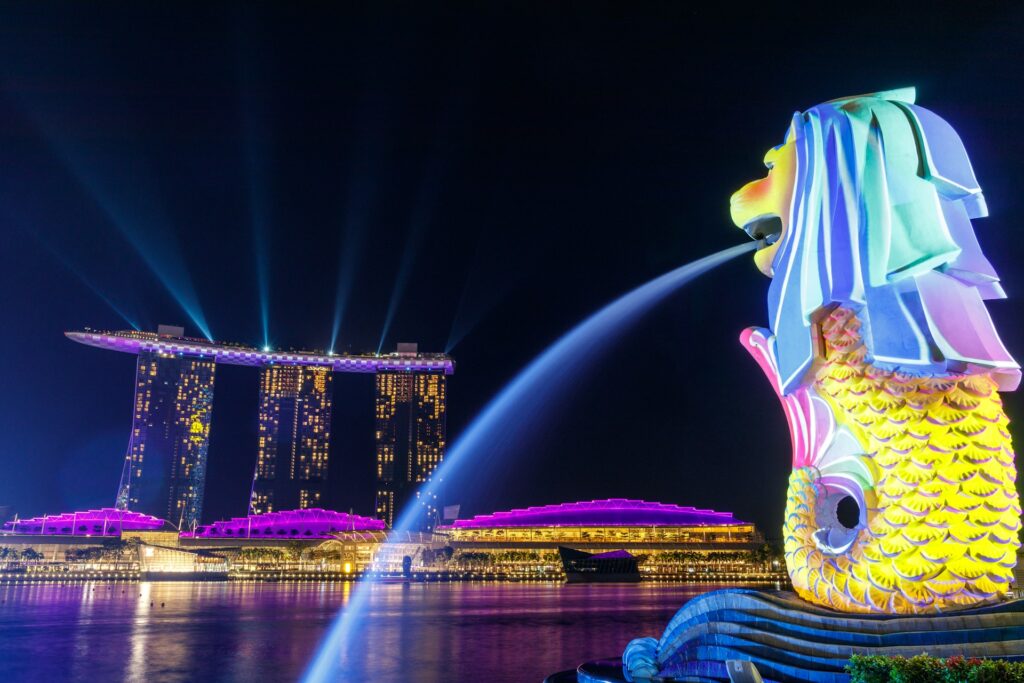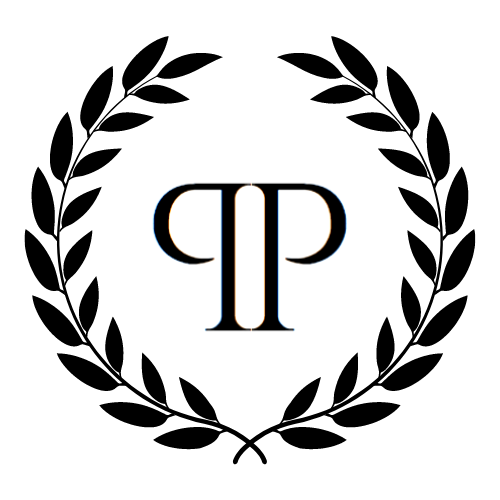The Story
I got the thematic inspiration for “Red And Blue” from Luc Besson’s movie Nikita: a secret government organization fakes the death of a female prisoner, then recruits her as a secret agent. She becomes good at it but struggles to find balance between professional and personal life. The song also references William Gibson’s Neuromancer, bringing the story to a near-future setting.
This story connects to the “Player Characters” album’s theme of dualism: can we really be sure who is good or bad?
Within the context of my album, it depends who’s asking and when you’re asking. Good persons can sometimes downward spiral, and villains can have a change of heart.
I had to decide how to express this dualism.
Perhaps the agent is a double agent betrayed by a colleague, or she decides to defect herself?
I decided to make it more dramatic and have her betrayed by her employers.
The lesson?
If you’re an agent, don’t trust anyone. That’s what the agent movies tell us, too.
In “Red And Blue” a beautiful, cybernetically enhanced professional is working as a secret agent in a big near-future city and is good at her job. But secretly she dreams of a quiet life in the countryside with a family. Trusting her employers can protect her, she ends up losing this dream because her memories are erased in a brain operation after she had a fatal on-the-job accident.
But again, what do we know?
Perhaps this was necessary to keep her alive? Perhaps somebody arranged it.
It depends on who’s asking and at which point in the story. It will be interesting to see how the agent’s story develops later.



The Visuals
“Red And Blue”‘s cover art is once again based on a woodblock print from the book “The Ninth Gate” by Arturo Pérez-Reverte. The book introduced a cornucopia of medieval European symbolism in its illustrations, which I find fascinating due to their deep symbolism.
The image shows a traveller heading towards a bridge spanning a river, with the Latin text “Verbum dimissum custodiat arcanum” (“a missing word keeps a secret”). Higher, a bowman aims in the direction of the road leading to the bridge. In the book there are always two versions of each image. In one version, the bowman has one arrow, loaded and ready, pointing down. In the other, the bowman has a second arrow, this one in the quiver, pointing up.

The physical elements carry deep meaning:
The water passing under the bridge represents transcendence; the bridge is strength and calamity, like a rainbow that can carry a person from this to the next world. The bridge, the union between two different banks here and over there. Like the rainbow, it links earth with heaven or hell. The bridge is, of course, open to cross, but there may be a price, which the bowman symbolizes.
These symbols open up to multiple interpretations.
The bowman can represent the danger from God or the Devil (depending on what kind of knowledge the traveller is seeking) or any other authority of your choice. It’s a warning to the person who dares to seek to penetrate the boundaries set by either of the two. A man can be controlled if you keep them guessing, uneducated, stupid.
This is a well-known form of government control. For example, Niccolò Machiavelli, in his book “The Prince,” advocated for rulers to maintain power through pragmatic and sometimes unethical means, while Karl Marx, in “The Communist Manifesto,” argued that the working class should overthrow the ruling capitalist system through revolution to establish a classless society.
The symbolism directly connects to Maya’s story: she is concerned whether she should investigate the false memories she’s started to have after the surgery. Perhaps her memory is erased for a good reason? So, who is this simpleton who dares to seek the hidden meanings beyond the bridge? A citizen? A revolutionary? Eve on her way to taste the Apple of Knowledge? Or just a person wanting to know more, perhaps only about themselves? The image can be a warning to those who contemplate proceeding, because there will be consequences.
The bow can also be the weapon of Apollo or Diana, the light of the supreme power or the huntress, the wrath of the god, or God himself. It’s the enemy lying in wait for anyone crossing the bridge.
But the bowman can also represent Eros or Cupid, who has gone through many reinterpretations, shooting his golden arrow to inspire love (positive benefit of the transformation); but with two arrows there is also the risk of hatred.
So, the symbolism includes several options, and I leave it up to you to pick your favourite.

The Music
“Red And Blue” was the second “Player Characters” song that came out from the production in November 2023. Not yet knowing anything about the lyrics, my initial idea was to explore the early 80’s arpeggiator patterns. As the “Red And Blue” story required a fast-paced song, the arpeggiator idea suited the context well.
The inspiration was a choice between Billy Idol’s “Rebel Yell” or Duran Duran’s “Careless Memories“. I chose the latter because it had a nice machine gun-like rhythm pattern, which we actually also experimented with in one version. Some of it is still there just before the choruses start.
I saw the story as a movie in my head, and that’s why it had to have the soundscape to go. That’s why the early versions also included a lot more special effects than what you are hearing today, but we later decided to leave them out.
Like the bridge in our cover art, “Red And Blue” invites you to cross over into Maya’s world of secrets and choices. As the lyrics might ask: “Red and blue, which one is true? The life you live or the one you knew?”
Perhaps, like Maya, we all face moments where we must choose between the comfort of accepted truth and the risk of seeking something more.
Which one do you tend to go for?



Leave a Reply